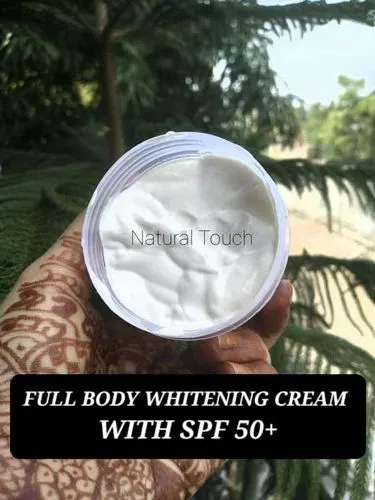What is Body Whitening Cream?
Body whitening creams, also known as skin lightening creams, are topical products designed to reduce the appearance of dark spots, uneven skin tone, and hyperpigmentation on the body. These creams often contain active ingredients that work by inhibiting melanin production, the pigment responsible for skin color. In India, where beauty standards sometimes prioritize lighter skin tones, body whitening creams are a popular segment of the skincare market. Understanding the function and ingredients is important before incorporating any new product into your routine. Always research thoroughly and consider consulting a dermatologist before use, especially if you have sensitive skin or underlying skin conditions. Proper understanding helps consumers make informed choices about skincare, promoting healthy skin practices.
How Body Whitening Cream Works?
Body whitening creams primarily work by targeting melanin production. Melanin is the pigment produced by melanocytes in the skin, determining its color. Active ingredients in these creams, such as hydroquinone, kojic acid, arbutin, and vitamin C, function in different ways. Hydroquinone inhibits the enzyme tyrosinase, which is essential for melanin synthesis. Kojic acid also inhibits tyrosinase and has antioxidant properties. Arbutin, a natural derivative of hydroquinone, gradually lightens the skin. Vitamin C acts as an antioxidant and can also inhibit melanin production. By reducing melanin, these creams aim to lighten dark spots and even out skin tone. However, it’s important to note that the effectiveness varies depending on the concentration of the active ingredients, the type of skin, and consistent usage.
Top 5 Body Whitening Creams in India
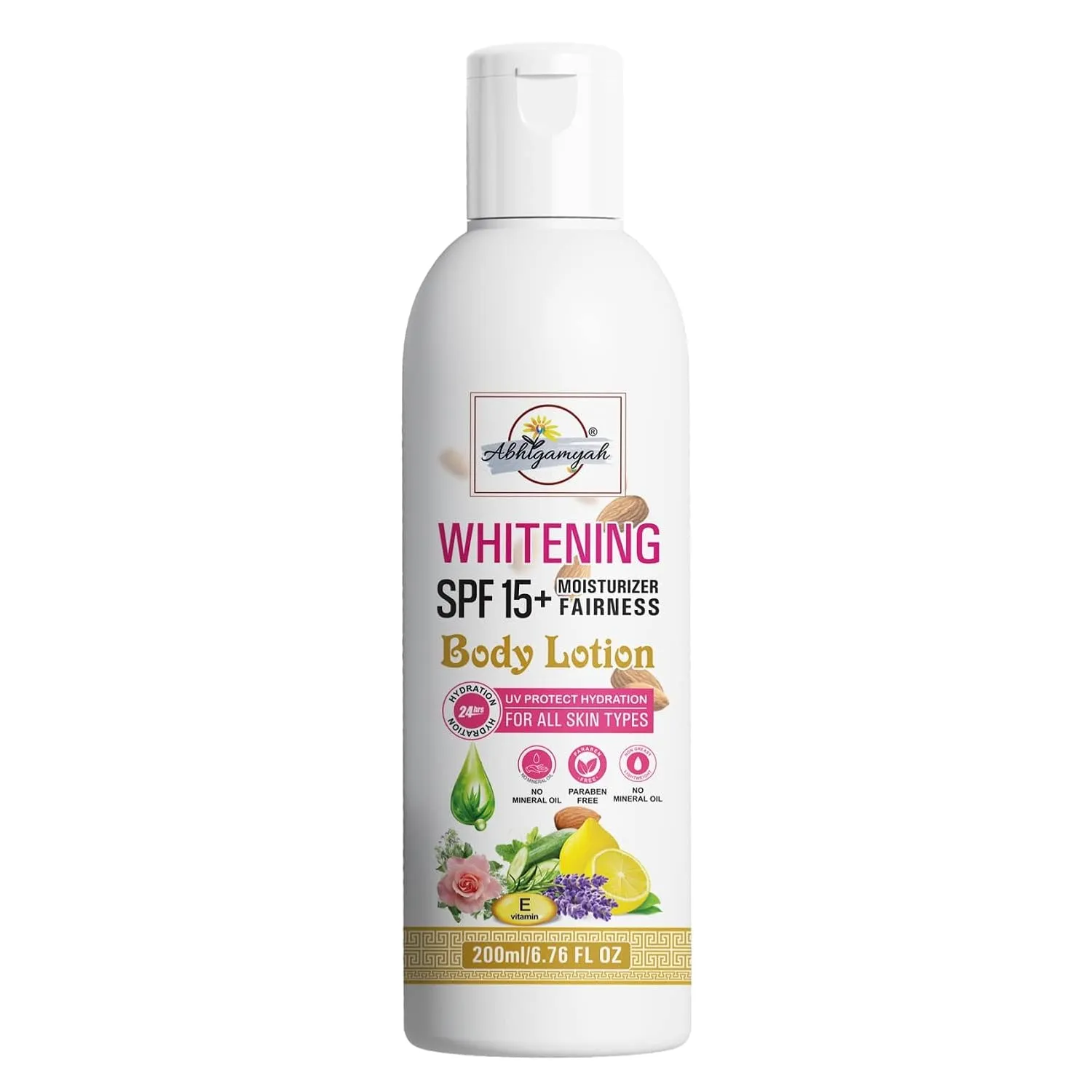
Choosing the right body whitening cream in India requires careful consideration of ingredients, skin type, and individual needs. Here are some of the top choices available, known for their effectiveness and popularity among consumers. This list is a general guide and does not constitute medical advice. Always perform a patch test and consult a dermatologist if you have any concerns.
Cream 1 Review
Cream 1 is a popular choice in India, often praised for its balanced formulation and affordability. It typically incorporates ingredients like niacinamide and licorice extract, known for their skin-lightening and anti-inflammatory properties. This cream is often recommended for those with mild to moderate hyperpigmentation. Consistency in application is key to see visible results, usually within a few weeks to a couple of months. Proper sun protection is essential while using this cream, as the skin becomes more susceptible to sun damage.
Ingredients and Benefits
The key ingredients in Cream 1 typically include niacinamide, which helps reduce inflammation and improve skin tone, and licorice extract, which contains glabridin, known for its skin-lightening properties. These ingredients work synergistically to reduce melanin production and improve skin texture. Benefits of Cream 1 include reduced dark spots, even skin tone, and improved overall skin appearance. It often also has added moisturizers to keep the skin hydrated.
Pros and Cons
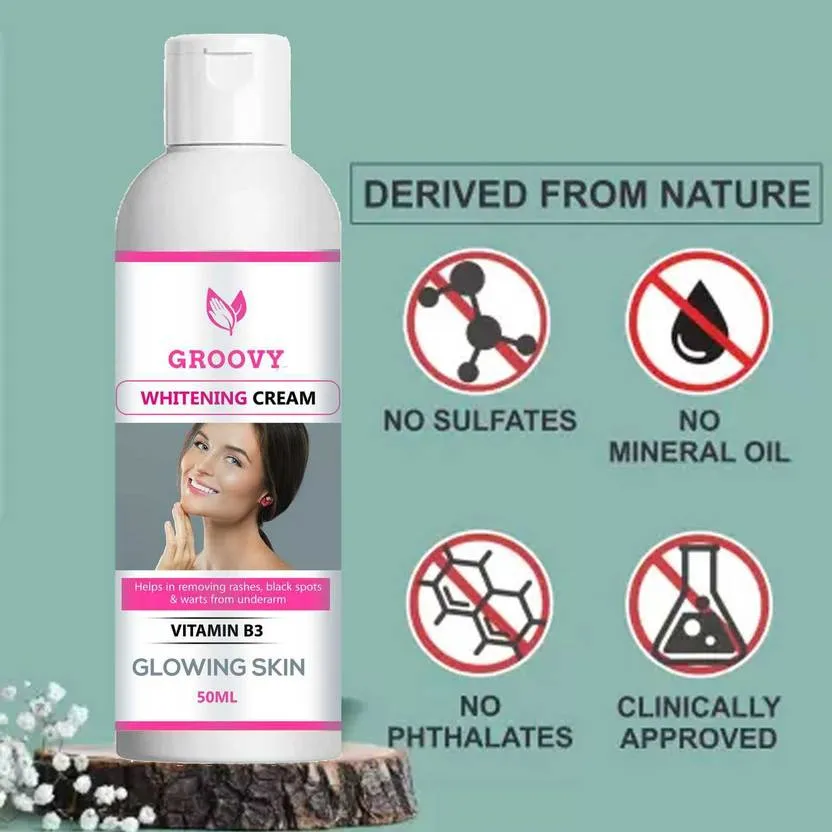
Pros of Cream 1 include its affordability, availability in most Indian markets, and generally well-tolerated formulation. Cons may include a slower rate of visible results compared to creams with stronger active ingredients, and it might not be as effective for deeper pigmentation. Some users may experience mild irritation, so a patch test is recommended before full application.
Cream 2 Review
Cream 2 often features a combination of hydroquinone and tretinoin, which can provide faster and more pronounced skin-lightening effects. Hydroquinone acts as a potent tyrosinase inhibitor, while tretinoin increases skin cell turnover, accelerating the removal of pigmented cells. This combination is generally used under the guidance of a dermatologist, as the ingredients can cause irritation and increase sun sensitivity. The use of sunscreen is crucial. Cream 2 is often recommended for more severe cases of hyperpigmentation.
Ingredients and Benefits
Cream 2 primarily contains hydroquinone and tretinoin. Hydroquinone inhibits melanin production, and tretinoin promotes cell turnover, which helps shed pigmented cells. Benefits include rapid skin-lightening effects and effective reduction of dark spots. However, the potency of these ingredients means it must be used under strict supervision to avoid adverse effects. It is important to consult with a dermatologist to determine whether these ingredients are appropriate for your skin type.
Pros and Cons
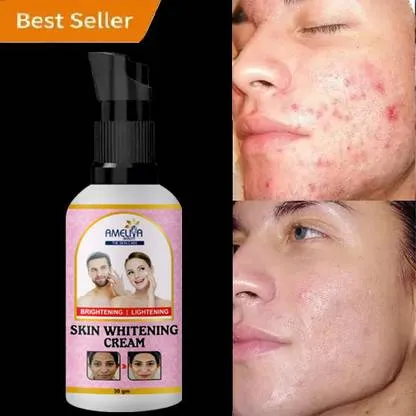
Pros of Cream 2 include its effectiveness in treating severe hyperpigmentation and its ability to produce rapid results. Cons include the potential for skin irritation, increased sun sensitivity, and the need for professional medical supervision. It is essential to adhere to the dermatologist’s instructions when using this cream.
Cream 3 Review
Cream 3 is often formulated with natural ingredients such as kojic acid and arbutin. Kojic acid, derived from fungi, is a tyrosinase inhibitor and has antioxidant properties. Arbutin, a derivative of hydroquinone, offers a more gradual skin-lightening effect. This cream often appeals to users who prefer a more natural approach to skincare. It is typically gentler on the skin than creams containing hydroquinone, but may take longer to show visible results. This is a good alternative for those with sensitive skin or for those who are new to body whitening creams.
Ingredients and Benefits
Cream 3’s key ingredients include kojic acid and arbutin. Kojic acid inhibits tyrosinase, while arbutin gradually lightens the skin. Benefits often include reduced dark spots and a more even skin tone, with less potential for irritation than stronger chemical ingredients. The natural ingredients make it a preferable option for those with sensitive skin. Also, these natural ingredients can provide added benefits beyond just skin whitening.
Pros and Cons
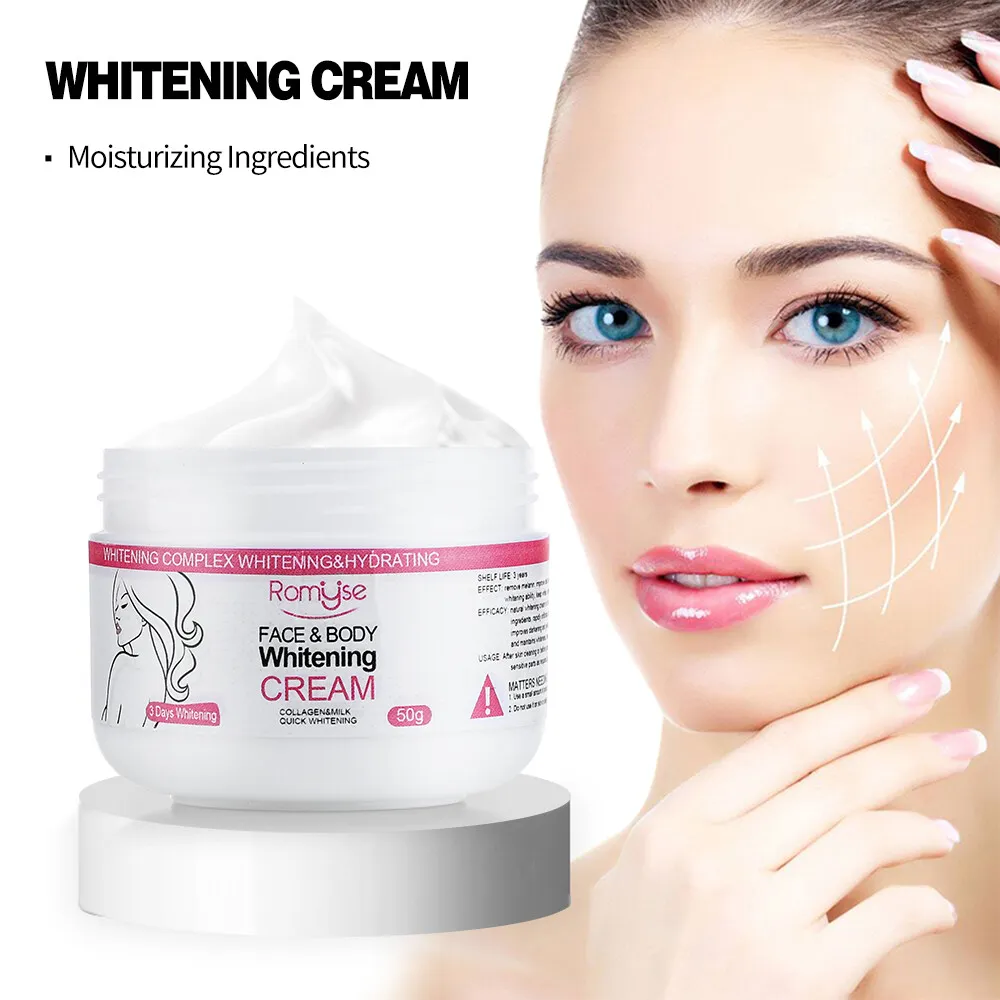
Pros of Cream 3 include its gentleness on the skin, its use of natural ingredients, and its suitability for sensitive skin. Cons may include a slower rate of visible results and the need for consistent use over a longer period. It may not be as effective for very severe cases of hyperpigmentation.
Cream 4 Review
Cream 4 combines the benefits of vitamin C and alpha hydroxy acids (AHAs) such as glycolic or lactic acid. Vitamin C is a potent antioxidant that inhibits melanin production, while AHAs exfoliate the skin, removing dead cells and promoting cell turnover. This cream is excellent for overall skin health, improving tone and texture. It offers both lightening and rejuvenating effects. Consistent use, along with sun protection, will lead to improved skin appearance. Use caution when using this cream because AHAs can increase the skin’s sensitivity to sunlight.
Ingredients and Benefits
Cream 4 features vitamin C and AHAs. Vitamin C helps in melanin production, while AHAs exfoliate the skin. Benefits include reduced dark spots, improved skin texture, and a brighter complexion. AHAs will also assist with removing dead skin cells. The dual action of lightening and exfoliation makes it effective for overall skin rejuvenation.
Pros and Cons

Pros of Cream 4 include its dual action, addressing both skin tone and texture, and its antioxidant properties. Cons may include increased sun sensitivity due to AHAs, requiring diligent use of sunscreen, and it might not be suitable for those with very sensitive skin. Always perform a patch test before full application.
Cream 5 Review
Cream 5 often includes a combination of several active ingredients, targeting multiple pathways of melanin production. These may include peptides, plant extracts, and other advanced formulations. It is aimed at providing comprehensive skin-lightening and skin health benefits. It is usually a premium product and may require a higher investment. This is a great option for those looking for an advanced and all-inclusive approach to skin whitening.
Ingredients and Benefits
Cream 5 combines multiple active ingredients, such as peptides, plant extracts, and other advanced formulations. Benefits include comprehensive skin-lightening and skin health improvements, targeting multiple pathways of melanin production. The advanced formulations also address other skin concerns. It provides a holistic approach to skin care.
Pros and Cons
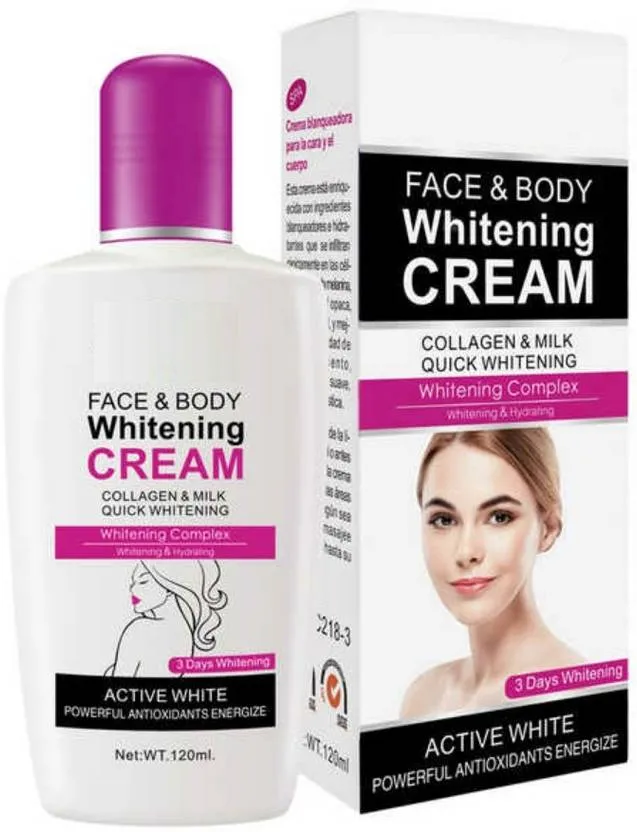
Pros of Cream 5 include its comprehensive approach and the potential for significant improvements in skin tone and texture. Cons may include a higher price point, and the need for consistent use to see results. Always ensure you are selecting products from reputable brands. A patch test is always recommended.
Factors to Consider when Choosing Body Whitening Cream
When selecting a body whitening cream in India, several factors must be considered to ensure safety and efficacy. Understanding these factors helps in making an informed decision that aligns with individual skin needs and preferences.
Skin Type Compatibility
Determining your skin type is crucial. If you have dry skin, opt for creams with moisturizing ingredients like hyaluronic acid or shea butter to prevent dryness and irritation. For oily skin, look for lighter formulations that won’t clog pores. Sensitive skin requires creams with gentle, natural ingredients like licorice extract or arbutin, and a patch test is a must. Always read labels to identify ingredients that could cause allergies or irritation. Pay close attention to how your skin reacts to a new product.
Ingredients to Look For
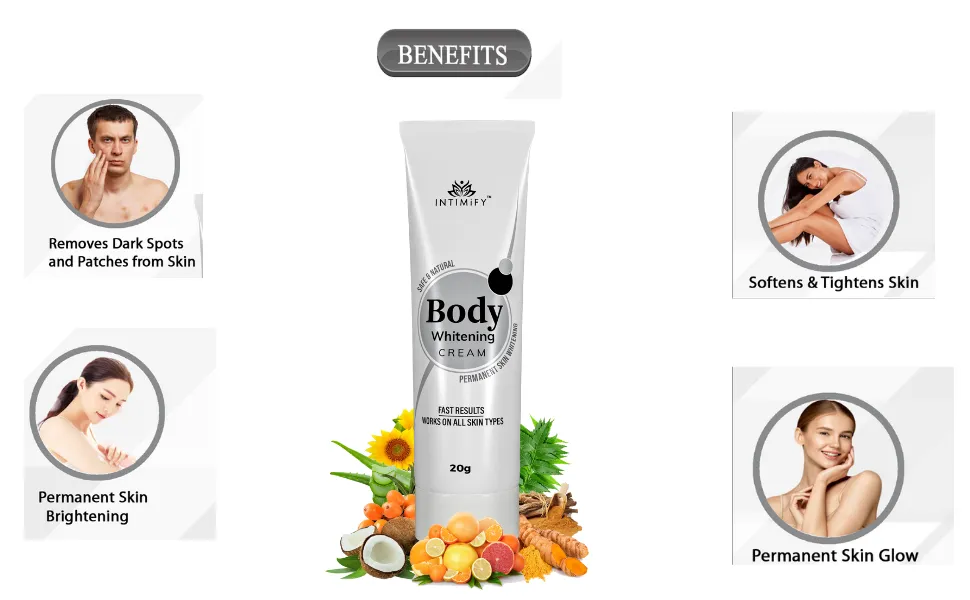
Look for creams with proven effective ingredients like vitamin C, niacinamide, kojic acid, and arbutin. Vitamin C is a potent antioxidant and skin brightener. Niacinamide helps to reduce inflammation and improve skin tone. Kojic acid and arbutin help to inhibit melanin production. Other beneficial ingredients include antioxidants, moisturizers, and sun protection. Read the product labels and research the function of the key ingredients.
Ingredients to Avoid
Avoid creams that contain excessive amounts of hydroquinone, especially without medical supervision, as they can cause skin irritation and long-term damage. Be cautious of products with high concentrations of steroids, which can cause thinning of the skin and other side effects. Also, avoid ingredients you know you are allergic to. Always carefully read the ingredients list.
Price and Availability
Consider your budget and where the product is available. Body whitening creams are available at various price points. Check both online and local pharmacies to compare prices. Also, consider the cost-effectiveness of the product. Make sure to purchase from reputable retailers to ensure authenticity and avoid counterfeit products. Do some research and read reviews.
Precautions and Usage Tips
Always perform a patch test before applying any new cream to a larger area of your skin. Apply a small amount of the cream to a discreet area, such as the inner arm, and observe for any adverse reactions over 24-48 hours. Apply the cream as directed, typically once or twice daily, and follow the instructions provided. Always use sunscreen with an SPF of 30 or higher during the day to protect your skin from sun damage, as skin-lightening creams can make your skin more sensitive to the sun. Consistent use is necessary to achieve the desired results.
How to Apply Body Whitening Cream
Before applying body whitening cream, cleanse the skin thoroughly. Gently pat the skin dry. Apply a thin, even layer of the cream to the affected areas, avoiding the eyes, mouth, and other sensitive areas. Massage the cream into the skin until it is absorbed completely. Wash your hands immediately after application. Be consistent and apply the cream regularly as directed by the product instructions. Be sure to protect yourself from the sun with sunscreen during the day.
Patch Test
A patch test is an essential step before you start using a new body whitening cream. Apply a small amount of the cream to a small area of skin, such as the inside of your arm. Wait 24-48 hours and observe for any signs of irritation, redness, itching, or swelling. If any adverse reactions occur, discontinue use immediately. If you do not experience any adverse reactions, you can safely apply the cream to a larger area.
Potential Side Effects
Potential side effects of body whitening creams can include skin irritation, redness, itching, and burning. Hydroquinone, in particular, can cause ochronosis, a permanent discoloration of the skin. Steroid-containing creams can lead to skin thinning, stretch marks, and other adverse effects. It is essential to be aware of the possible side effects, and to consult with a dermatologist if you notice any of these symptoms.
Alternatives to Body Whitening Cream
Consider alternatives if you’re concerned about the potential risks of body whitening creams. Chemical peels, laser treatments, and microdermabrasion are all effective alternatives. Professional treatments are performed by dermatologists and can provide faster and more effective results. Sun protection, exfoliating regularly, and using products containing ingredients such as vitamin C or niacinamide can also help in achieving an even skin tone. Always consult a dermatologist to find the best treatment for your skin type and concerns.
